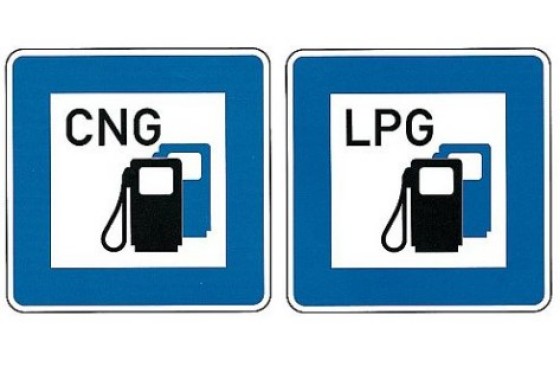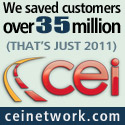
| Understanding NAFA's Strategic Direction | Archives | Advertise | Online Buyer's Guide | FLEETSolutions |
Economies Of Cost And Reduced Emissions To Drive Alternate Fuel Vehicles, Says Report
 New analysis from Frost & Sullivan, Executive Analysis of the European and North American LPG and CNG Original Equipment Market,
finds that the alternate fuel vehicle market is set for close to
900,000 in unit sales in the European market and nearly 250,000 in unit
sales in the North American market by 2018. New analysis from Frost & Sullivan, Executive Analysis of the European and North American LPG and CNG Original Equipment Market,
finds that the alternate fuel vehicle market is set for close to
900,000 in unit sales in the European market and nearly 250,000 in unit
sales in the North American market by 2018.The low cost of conversion and prospect of significant emission reduction will increase the penetration of alternate fuels in Europe and North America. However, the key to sustained growth in the alternate fuel vehicle market will be legislation and the development of enhanced refueling infrastructure. "The demand for low-cost emission reduction technologies has given a significant boost to the alternate fuel market," notes Frost & Sullivan Research Analyst Priyank Aggarwal. "A noticeable trend among upcoming OEMs models is that of chassis architectures and engines being designed to ensure alternate fuel compatibility. This will support easy transition, even as alternate fuel infrastructure improves across Europe and North America." According to the report, In North America, initially at least, conversion will suit fleet owners since running costs are a major factor and fleet owners stand to benefit from up to fifty percent in savings, along with an improvement of over twenty-five percent in terms of emission. However, legislative supports remains to be extended, even as related infrastructure lags behind, the report opined. The European market has already witnessed a boom in the alternate fuel vehicle industry with Italy and France trading over 300,000 vehicles, annually. Alternate fuels also offer an opportunity for OEMs struggling to meet ACEA targets. Liquefied petroleum gas (LPG) is still expected to lead for the next four to five years, while the compressed natural gas (CNG) network straggles behind in Europe and North America, according to the report. The overall market will be driven by OEMs seeking to reduce their fleet emissions and running costs, which are close to half of gasoline prices. However, engine development and the increased cost of conversion will have a direct impact on OEM and customer preference. "Insufficient infrastructure, high cost of development and ease of adoption of alternate fuel vehicles represent the main obstacles to market development," explains Aggarwal. "Competitive pressure from other alternate powertrain technologies also poses a major threat to the alternate fuel industry." Promoted as a medium to save costs and reduce emissions, CNG and LPG are linked with certain safety issues in the minds of potential users, making it imperative to increase consumer awareness about safety-related issues, the report noted. Convincing governments to offer a standardized incentive scheme to ease competitive pressure on alternate fuels, irrespective of the technology, for at least five to ten years, will also support market advancement, said the report’s author. In North America, the alternate fuel market is at a nascent stage. The report claimed that For alternate fuel technology to become popular, OEM interest and product lines will have to increase. The report also stated the government has to realize the demand for emission reduction and offer long-term incentives. |
 |
NAFA Fleet Management Association 125 Village Blvd., Suite 200 Princeton, NJ 08540 Telephone: 609.720.0882 Fax: 609.452.8004 |








